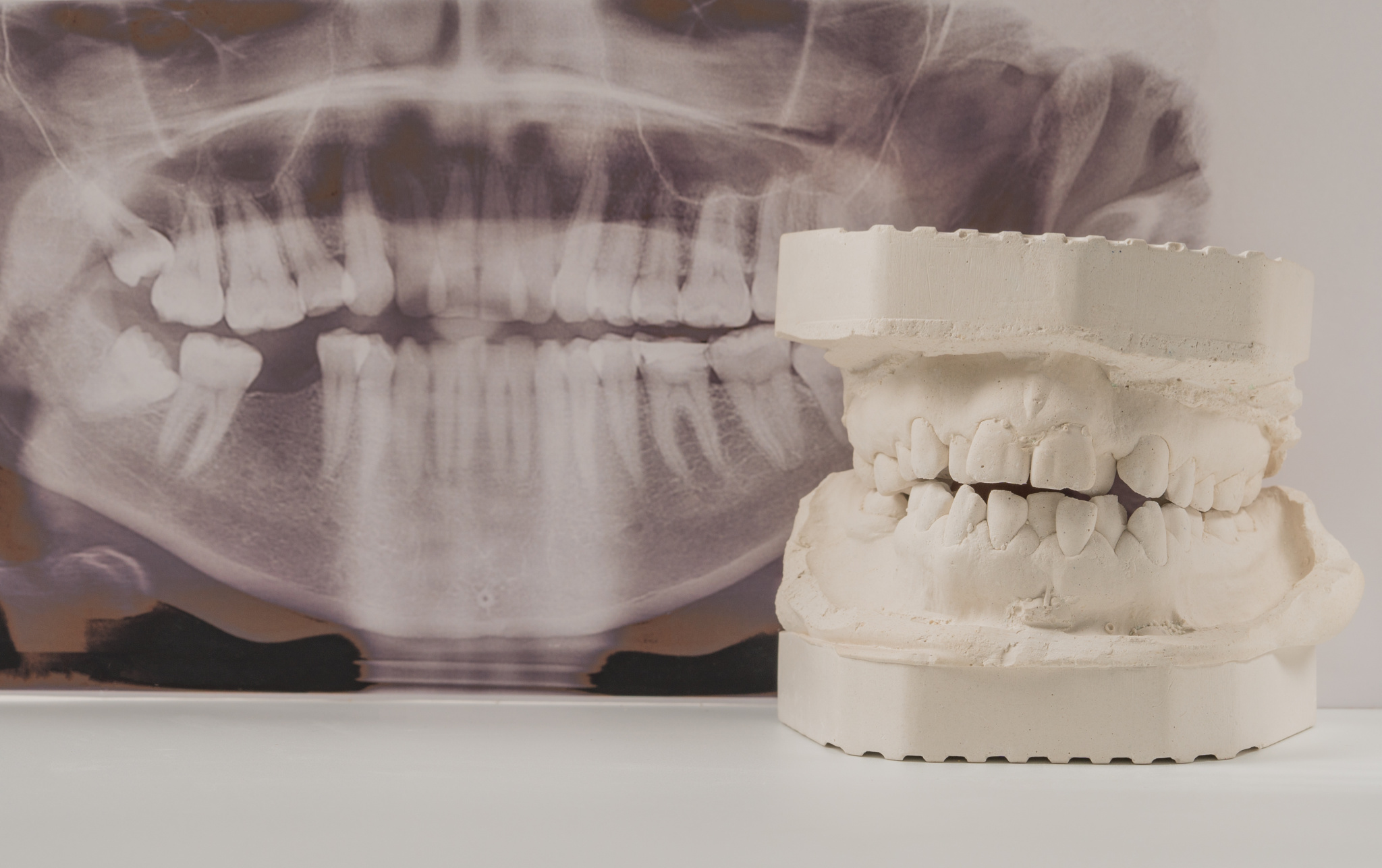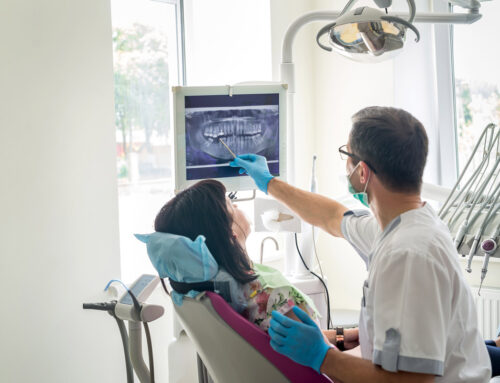While many patients still perceive orthodontics to deal exclusively with the treatment of teeth, they are also vital to the correction and well-being of the surrounding jaw.
Depending on the severity, most jaw alignment problems can be treated using orthodontic appliances and/or braces. More severe cases may require surgery. Contacting a certified orthodontist is the best way to receive an accurate diagnosis and start treatment.
Here are some commonly associated symptoms with jaw alignment problems.
Common Aesthetic and Functional Symptoms
Misaligned jaws tend to disrupt facial symmetry in various ways, which can be very noticeable depending on the severity of the underlying issue.
Many cases of misaligned teeth begin with a misaligned jaw. To compensate for the issue, the teeth are forced to shift to accommodate the skeletal structure. In cases such as an overbite or underbite, where the jaws do not meet adequately on both the horizontal or vertical plane, patients may complain of a shorter or longer appearance to their face than they feel ideal.
In cases where the jaws connect well vertically but not symmetrically, patients may complain of a “lopsided” or “skewed” aspect to their facial appearance, which is most evident when they smile.
These issues have the potential to disrupt basic tasks that are important to our livelihoods, including eating, breathing, speaking, and sleeping. Patients with misaligned jaws might struggle to chew food properly or have further trouble with pronouncing certain sounds correctly.
Even more problematic is the potential for jaw misalignment to affect breathing, with many long-term suffers developing sleep apnea later in life. A misaligned jaw is more than just an inconvenience: it can have potentially disastrous effects if left untreated.
Common Physical and Pain-Related Symptoms
Because the jaws are not connecting properly, many find their misalignment to begin causing characteristics of temporomandibular dysfunction (TMD or TMJ). This issue is characterized by a multitude of unpleasant symptoms that can adversely impact a patient’s quality of life.
These symptoms include pain in the jaw area, clicking sounds when moving the jaws, general difficulty opening the mouth fully, or chronic migraines. TMJ tends to point to a necessity for treatment, as the problem rarely improves on its own accord.
Treatment for Misaligned Jaws
If you have any of the above issues, it is never too early or too late to try to resolve them for a healthier smile based on the foundation of a healthy, functioning jaw. Jaw misalignment can have serious consequences if left untreated. Do not be one of the many patients willing to accept it as a natural part of life.
The Hicks orthodontic practice has been around for over 40 years, with Bryan Hicks taking over for his father. Dr. Hicks works hard to give his patients extraordinary outcomes from their orthodontic treatment.
If you have any questions about this article or need to talk to someone in the office, give us a call at (604) 922-0111.





